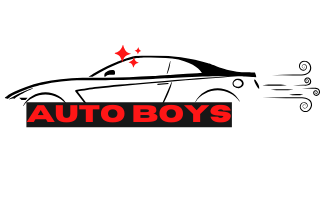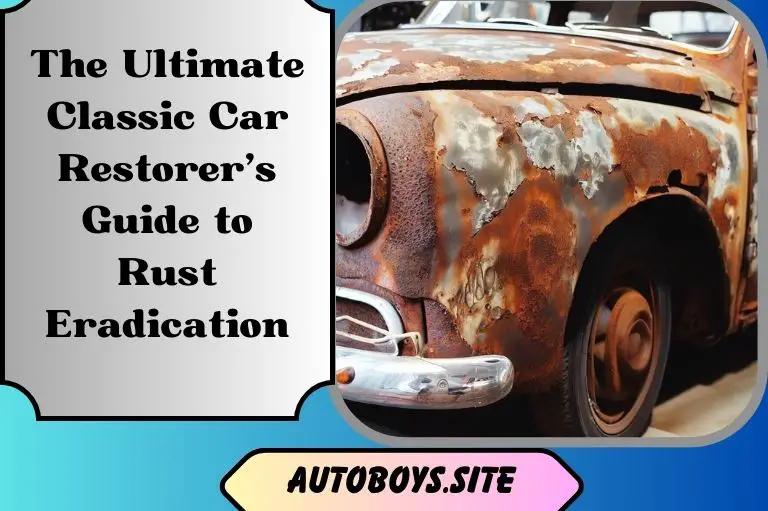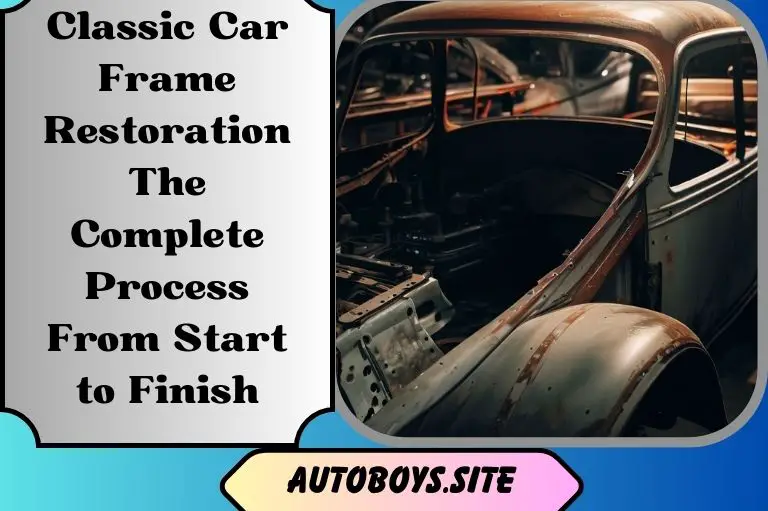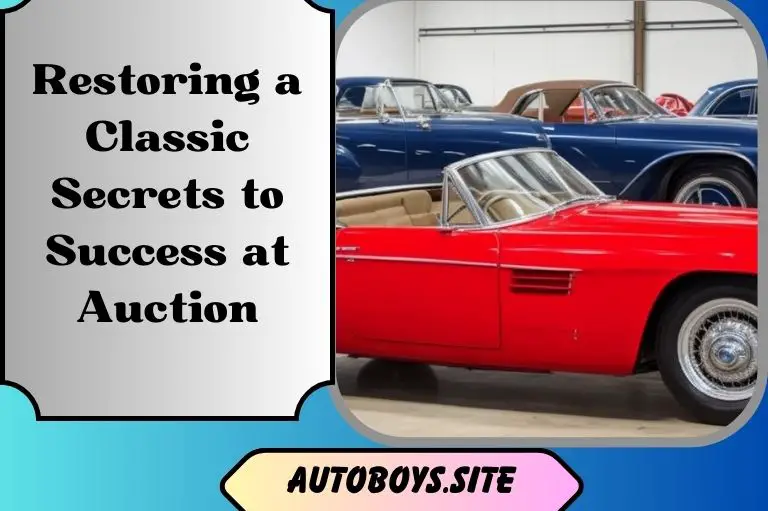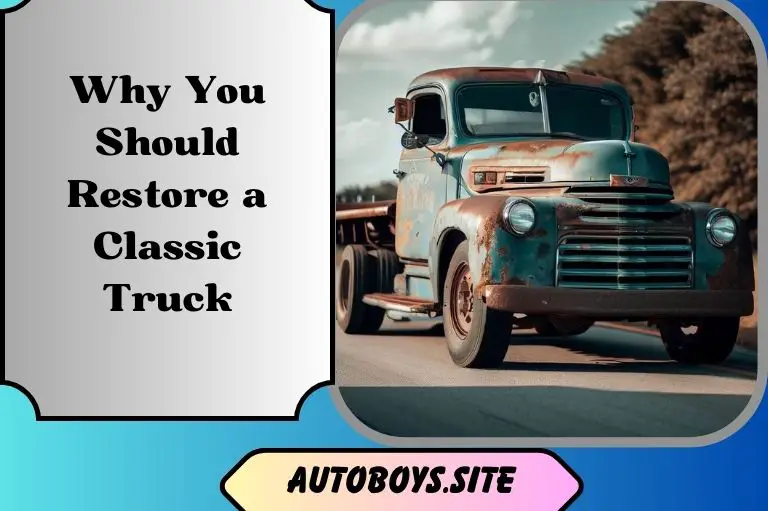The Ultimate Classic Car Restorer’s Guide to Rust Eradication
You love tinkering under the hood of your classic car and keeping it in tip-top shape. But there’s one enemy you constantly have to battle: rust. As any seasoned restorer knows, rust can be a real menace, eating away at your baby’s bodywork and chassis. If left unchecked, it can cause some serious damage. The good news is there are several tried-and-true methods for banishing rust from your classic car once and for all.
In this guide, we’ll walk you through all the ways to wipe out rust and keep it from coming back. Whether you prefer abrasive blasting, chemical conversion, or electrolysis, we’ve got you covered. We’ll also share pro tips for choosing the best approach based on how much rust you’re dealing with and what parts of the car need attention. By the time you’re done reading, you’ll be armed with all the knowledge you need to win the war against rust and keep your classic car in mint condition for years to come. The ultimate victory over Rust starts now.
Removing Rust From Your Classic Car: Sandblasting, Chemical Rust Removers, and More
Removing rust from your classic car can be an enjoyable part of the restoration process! There are several methods you can use to banish that rust and get your vehicle back to its former glory.
Sandblasting
If you have heavy rust over large areas, sandblasting is the way to go. This abrasive method uses compressed air to blast tiny particles of sand, glass, or other media at high speed to remove rust and paint from metal surfaces. It’s fast, effective, and leaves you with a smooth blank canvas for new paint. Exciting.
Chemical Rust Removers
For smaller rust spots, you can try chemical rust removers. These commercial products contain acids and inhibitors that chemically convert rust into a water-soluble compound that can be scrubbed off. Just brush the product on, wait, then scrub with a wire brush. Many restorers have found success with these convenient solutions.
Elbow Grease
Sometimes good old-fashioned elbow grease is all you need! Wire brushes, steel wool, and sandpaper can work wonders on surface rust. Scrub the rust off then sand the area to rough up the surface, so the new paint will adhere properly. A little sweat and muscle can save you money and give satisfying results.
With so many options, you’re sure to find a rust removal method suited to your needs and skills. Bust out the tools, crank up your favorite tunes, and get scrubbing – your classic car will be rust-free in no time.
Preventing Rust on a Restored Classic: Primers, Paints, Undercoatings
Once you’ve removed the rust from your classic car, it’s time to take steps to prevent its return. The key is protecting the bare metal surfaces of your vehicle. Here are some of the best ways to shield your ride from future rust:
Primers and Paint
The most effective rust prevention is a quality primer followed by a durable topcoat of paint. Primers are designed specifically to adhere to bare metal and provide a base for paint. For maximum protection, apply 2-3 coats of primer and 2-3 coats of paint. Spray-on products tend to provide the most even, durable finish.
Rust-Preventative Undercoating
For areas like the undercarriage that are difficult to paint, rust-preventative undercoating is ideal. These thick, wax- or asphalt-based coatings seal out moisture and last for years. Popular brands like 3M and Fluid Film offer heavy-duty undercoatings perfect for classic cars.
Electronic Rust Protection
If you want to protect the nooks and crannies without heavy coats of primer or undercoating, consider an electronic rust protection system. These systems use a low-voltage current to set up an electrochemical reaction that inhibits rust formation. Brands like CorrosionX and Woolwax are trusted by many restorers.
Keeping your classic car rust-free requires vigilance, but with the right combination of primers, paints, undercoatings, and rust inhibitors, you can display your vehicle with pride for decades to come. Stay on top of any scratches or dings and continue to inspect, wash, and re-treat as needed. Your car is worth the effort.
DIY Rust Removal Tips for the Classic Car Restoration Hobbyist
Classic car restoration is meant to be fun, so don’t let a little rust get you down! With some elbow grease and the right tools, you can banish rust from your beauty’s bodywork and chassis in no time.
DIY rust removal methods
Sanding is a tried-and-true method for scrubbing away surface rust. Grab some coarse sandpaper, steel wool, or sanding blocks and scrub the rust off your car’s surface. For small spots, you can use fine-grit wet/dry sandpaper. For larger areas, an electric sander will make quick work of rust removal. Be sure to wipe away dust with tack cloths as you go to check your progress.
Chemical rust removers are very effective and don’t require a lot of scrubbing. Products like phosphoric acid or hydrochloric acid react with rust to dissolve it from metal surfaces. Apply the product as directed, wait, then scrub with steel wool and rinse thoroughly with water. These chemicals can be harsh, so wear proper safety gear like goggles, gloves, and ventilation masks.
Abrasive blasting is a fun method using pressurized grit to blast rust away. You can rent affordable abrasive blasters and abrasives like aluminum oxide or garnet. Blast in short strokes, keeping the blaster nozzle at a 45-degree angle and 6 to 8 inches from the surface. Wipe away debris and repeat until all rust is gone. This method requires safety gear and contains the mess.
With the right tools and techniques, you’ll be well on your way to conquering rust and restoring your classic ride to its former glory. Stay enthusiastic—where there’s a will, there’s a way! Keep at it and don’t get discouraged. Before you know it, you’ll have a smooth, shiny surface ready for priming and painting. Happy restoring.
Conclusion
You now have all the tools and knowledge to win the battle against rust and restore your classic beauty to its former glory. What are you waiting for? Roll up your sleeves, grab your supplies, crank up some tunes in the garage, and get to work. With some elbow grease and determination, you’ll have that rust removed in no time.
Once it’s gone, keep your classic car protected and looking showroom new with regular washing, waxing, and inspections. The effort will be well worth it when you’re cruising down the road or winning trophies at the car show. Staying on top of rust prevention is key to keeping your dream car on the road for years to come. You’ve got this, now go get your hands dirty.
